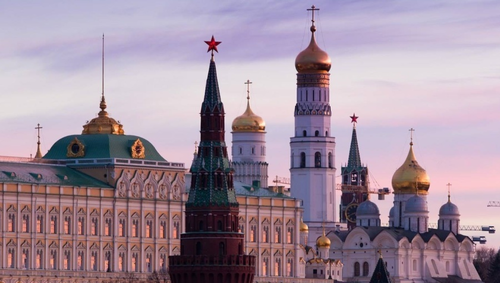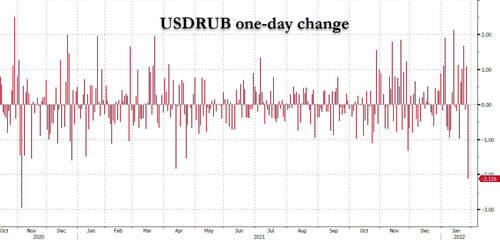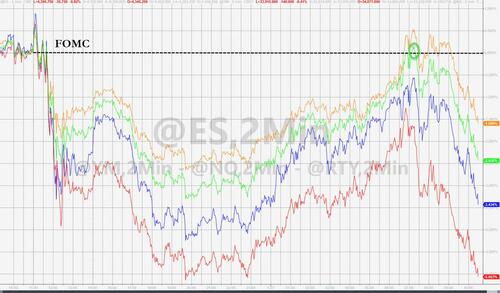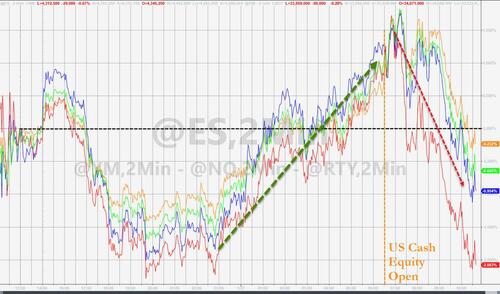
Are employee dress codes illegal? That’s the implication in a consolidated complaint filed against Whole Foods Market by the National Labor Relations Board (NLRB).
The NLRB argues that it’s illegal for Whole Foods to say that grocery store staff can’t wear Black Lives Matter (BLM) paraphernalia at work.
To force Whole Foods to let staff wear BLM gear would be “to compel employer speech,” the company counters. And that, it says, violates the First Amendment.
As it stands, Whole Foods’ corporate policy forbids employees from wearing any symbols, slogans, flags, messages, logos, or advertising while working. In 2020, supervisors at various Whole Foods locations allegedly enforced this policy against employees wearing BLM gear. Staff wearing BLM masks and pins were allegedly asked to remove them, sent home for refusing to remove them, or otherwise disciplined for refusing to take them off.
The NLRB says that wearing BLM messages at work counts as “raising concerns about working conditions” and accuses Whole Foods of having and enforcing an appearance rule “to restrict employees from engaging in concerted activities for their mutual aid and protection.” Whole Foods “has been interfering with, restraining, and coercing employees in the exercise of the rights guaranteed” by the National Labor Relations Act, it says—and that, it declares, amounts to unfair labor practices.
Whole Foods “denies each and every allegation contained in the Complaint,” the company wrote in response, asking that the complaint be dismissed entirely.
Whole Foods argues that “employees do not have a protected right…to display the phrase ‘Black Lives Matter’ or ‘BLM’ in the workplace,” and that the NLRB’s complaint represents an effort to expand the protections of the National Labor Relations Act “beyond current NLRB and judicial interpretation.”
Under current interpretations of the statute, nothing the BLM-promoting Whole Foods staffers did would qualify as protected activities, the company argues. Nor would Whole Foods’ actions here qualify as illegally interfering with protected workplace activities.
The company “maintains a neutral dress code that is lawful under extant Board law,” it adds, and “all discipline issued to employees was solely for violations of [this] neutral dress code.” Such actions “were based on legitimate, non-discriminatory and non-retaliatory factors.”
In a statement last month, NLRB Regional Director for San Francisco Jill Coffman claimed this case is about “issues of racial harassment and discrimination [that] are central to employees’ working conditions.”
But “the phrases ‘Black Lives Matter,’ ‘BLM,’ the ‘Black Lives Matter movement,’ and/or ‘blacklivesmatter.org’ are not objectively understood to relate to workplace issues,” the company argues. Rather, “employees’ wearing of ‘Black Lives Matter’ and/or ‘BLM’ in Whole Foods Market brand stores was an exercise in political and/or social justice speech through which [they] sought to support societal changes outside the workplace and…without a nexus to any term or condition of employment at Whole Foods Market brand stores.”
Requiring Whole Foods to allow BLM messaging as part of employee uniforms would compel speech and be unconstitutional, the company argues. If the NLRB gets its way, it adds, that would force Whole Foods to act in a discriminatory manner by requiring that the company favor “certain expressions of political speech over others in its retail grocery stores.” (Alternately, it could allow any type of political messaging, but something tells me supporters of the staff wearing BLM gear wouldn’t be so happy to buy groceries from a guy in a MAGA mask…)
Whole Foods also asserts that no employees were fired over this matter but that they voluntarily resigned rather than comply with the dress code.
A hearing with an administrative law judge of the NLRB is scheduled for March 1.
Last year, a federal judge dismissed most of a class-action lawsuit over Whole Foods stores disallowing BLM gear at work. Plaintiffs in the civil case accused Whole Foods supervisors of selectively enforcing the policy and of illegal discrimination and retaliation. Even if the claims about unequal enforcement are true, Whole Foods is still not breaking the law, U.S. District Judge Allison Burroughs ruled. “There is no right to free speech in a private workplace,” she said, and it’s legal for a company to choose which messages or logos its staff can endorse while at work.
“At worst, they were selectively enforcing a dress code to suppress certain speech in the workplace,” wrote Burroughs in her decision. “However unappealing that might be,” she continued, “it is not conduct made unlawful” by the Civil Rights Act of 1964. The law “prohibits discrimination against a person because of race. It does not protect one’s right to associate with a given social cause, even a race-related one, in the workplace.”
The Whole Foods/BLM debate “highlights an increasingly incomprehensible position on corporate speech for many on the left,” law professor Jonathan Turley recently suggested. Many progressives have argued that social media platforms, web hosting companies, and other internet entities should be allowed (and encouraged) to ban various types of legal speech—coronavirus misinformation, say, or false claims of election fraud. Under this rubric, Whole Foods should also be allowed to tell employees what messages not to wear at work.
To the extent that conservatives agree that Whole Foods shouldn’t be forced to allow BLM attire as part of its uniforms, the case also highlights hypocrisy on the right, where many have argued that social media companies should be forced to host political content that they find objectionable.
Perhaps the takeaway here is that allowing the government to compel companies to host any type of political speech is a slippery slope. Letting companies decide what kinds of speech they’ll allow on their premises and platforms isn’t only the constitutional thing to do. It’s the best way to ensure that each side will get its way sometimes, and that consumers can avoid being constantly bombarded with political messages at every turn.
The post Whole Foods Fight Over Black Lives Matter Masks Pits National Labor Relations Board Against Free Speech appeared first on Reason.com.
from Latest – Reason.com https://ift.tt/3KLVC3g
via IFTTT











